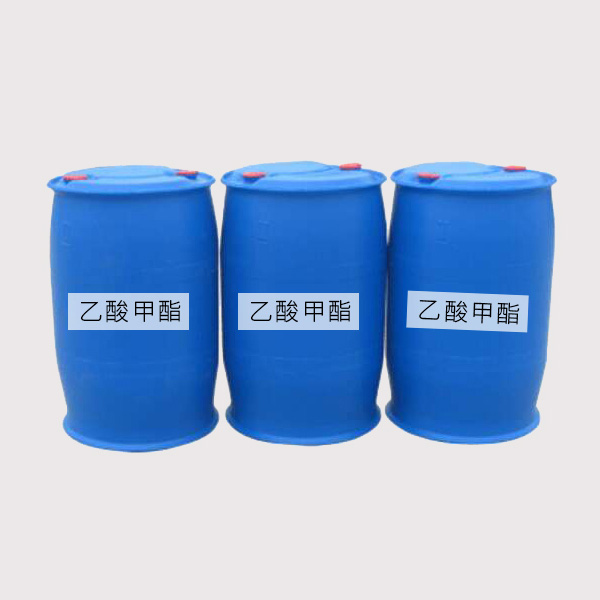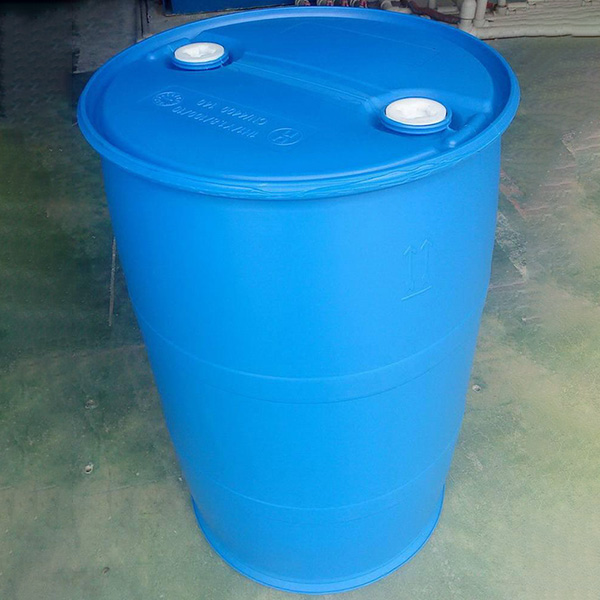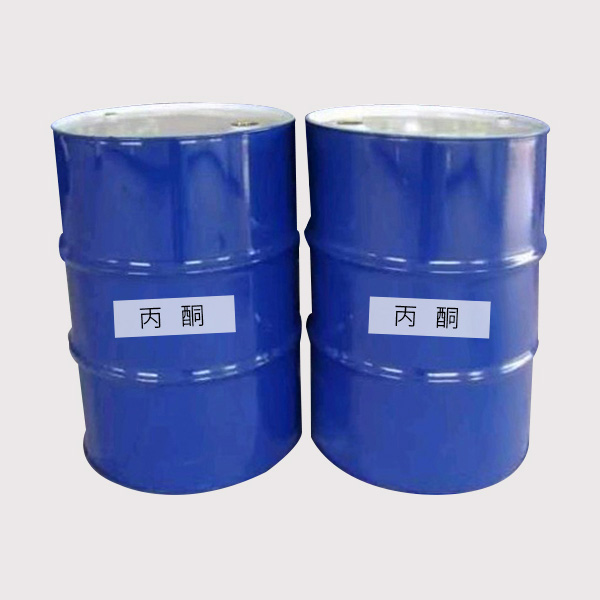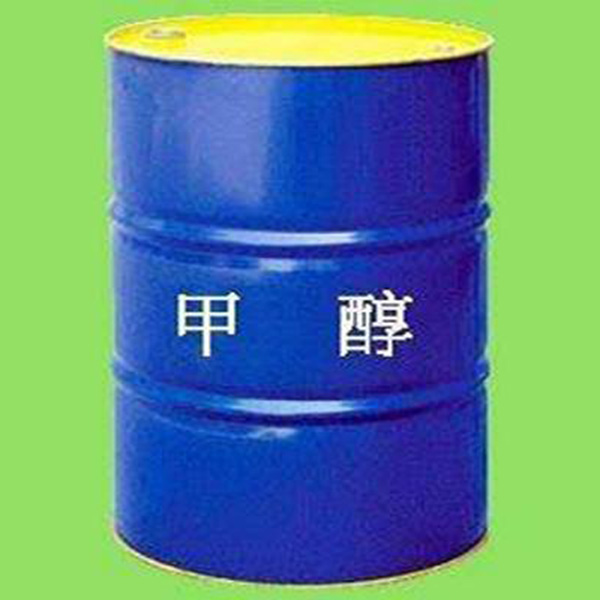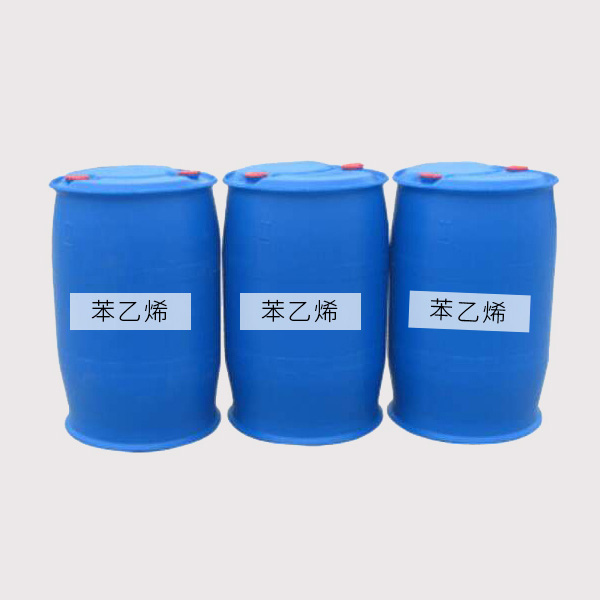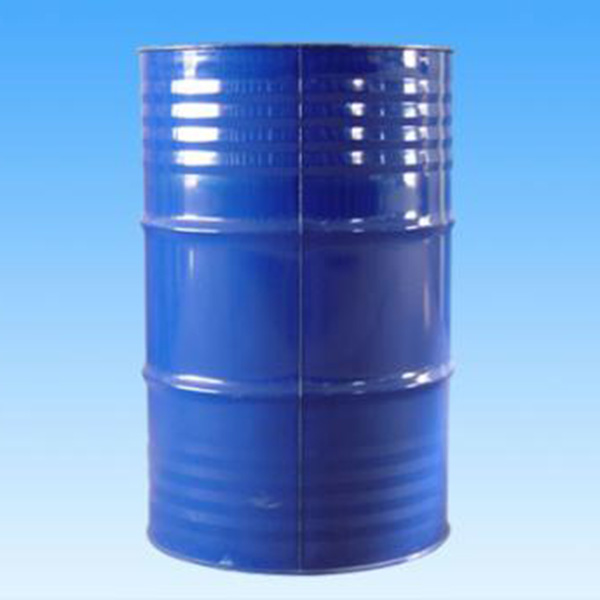Factory For Chloroacetic Acid To Glycine - Tetrahydrofuran – Debon
Factory For Chloroacetic Acid To Glycine - Tetrahydrofuran – Debon Detail:
|
Identification |
English name:tetrahydrofuran |
Molecular formula:C4H8O |
||||||||||||
|
CAS number:109-99-9 |
UN number: 3051 |
Dangerous goods number:42022 |
||||||||||||
|
RTECS number:LU5950000 |
IMDGRule coding:3144 |
|||||||||||||
|
Physical and chemical properties |
Appearance and traits |
A clear, low viscosity liquid with an ether-like odor. |
||||||||||||
|
Boiling point (°C) |
65.4 |
Relative density (air = 1) |
2.5 |
|||||||||||
|
Relative density (water = 1) |
0.89 |
|||||||||||||
|
Solubility |
Soluble in ethanol, ether, aliphatic hydrocarbons, aromatic hydrocarbons, chlorinated hydrocarbons, acetone, benzene and other organic solvents, but low water solubility |
|||||||||||||
|
Toxicity anIdentificationh hazards |
Exposure limit
|
China MAC:300mg/m3 |
United StatesTLVTN: OSHA 200ppm,590mg/m3 |
|||||||||||
|
Russia MAC:100mg/m3 |
United StatesTLVWN: ACGIH 250ppm,737mg/m3 |
|||||||||||||
|
Route of invasion |
Inhalation, ingestion, percutaneous absorption |
toxicity |
Low toxicity |
|||||||||||
|
Health hazard |
With stimulation and anesthesia. Inhalation causes upper respiratory tract irritation, nausea, dizziness, headache, and central nervous system depression. Can cause liver and kidney damage. Liquid or high concentration of vapor is irritating to the eye. Long-term repeated contact with the skin may cause dermatitis due to defatting. |
|||||||||||||
|
Burning explosion hazard |
Flammability |
combustible |
Construction fire insurance classification: |
Flash point (°C):17.2 |
||||||||||
|
|
Auto-ignition temperature (°C) |
321.1 |
Lower explosion limit (V%):2.3 |
Upper explosion limit (V%):11.8 |
||||||||||
|
|
Dangerous characteristics |
Its vapor and air can form an explosive mixture. In case of high heat, open flame and strong oxidants, it is easy to cause burning. Exposure to air or in the presence of light can produce potentially explosive peroxides. It reacts with acids to react. It reacts violently with potassium hydroxide and sodium hydroxide. Its vapor is heavier than air and can spread to a relatively distant place at a lower place. It will ignite and ignite in case of fire. |
||||||||||||
|
|
Combustion decomposition product |
Carbon monoxide, carbon dioxide, |
stability |
Unstable |
||||||||||
|
|
Polymerization danger |
Can’t appear |
Incompatibility |
Acids, bases, strong oxidants, oxygen |
||||||||||
|
|
Fire fighting methods |
Foam, carbon dioxide, dry powder, sand. Fire extinguishing with water is not effective. |
||||||||||||
|
Storage precautions |
Usually the product is added with a polymerization inhibitor. Store in a cool, ventilated warehouse. Keep away from fire and heat. The temperature of the reservoir should not exceed 30 °C. The package is sealed and must not be in contact with air. It should be stored separately from oxidants, acids, alkalis, etc., and should not be mixed. Explosion-proof lighting and ventilation facilities are used. It is forbidden to use mechanical equipment and tools that are prone to sparks. The storage area should be equipped with leakage emergency treatment equipment and suitable containment materials. |
|||||||||||||
|
Leakage disposal |
Quickly evacuate personnel from the contaminated area to a safe area, and conduct isolation to strictly restrict access. Cut off the fire source. It is recommended that emergency personnel wear self-contained positive pressure breathing apparatus and wear anti-static overalls. Enter the scene from the upper wind. Cut off the source of the leak as much as possible. Prevent entry into restricted spaces such as sewers and flood drains. Small amount of leakage: Adsorption or absorption with sand or other non-combustible materials. It can also be rinsed with a large amount of water, diluted in water and placed in the wastewater system. A large number of leaks: building a dike or digging a pit. Cover with foam to reduce steam hazards. Spray water cools and dilutes the steam, protects the site personnel, and dilutes the spill into incombustibles. Transfer to a tank truck or special collector with an explosion-proof pump, recycle or transport to a waste disposal site for disposal. |
|||||||||||||
Product detail pictures:
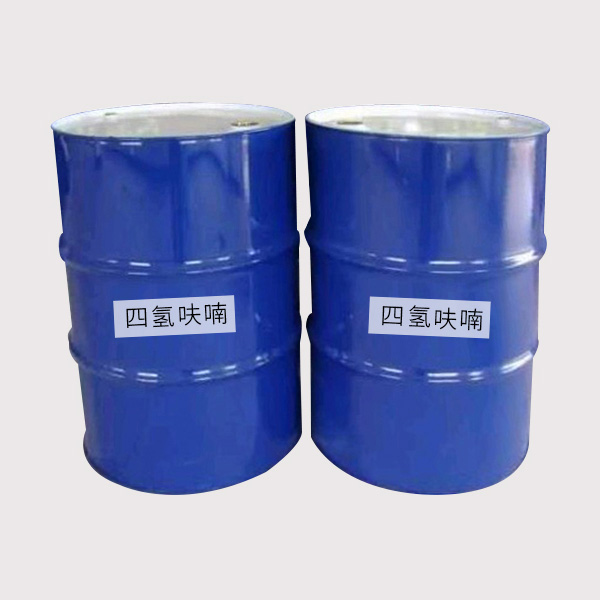
Related Product Guide:
No matter new shopper or old customer, We believe in very long expression and dependable relationship for Factory For Chloroacetic Acid To Glycine - Tetrahydrofuran – Debon , The product will supply to all over the world, such as: Angola , Singapore , Austria , We can give our clients absolute advantages in product quality and cost control, and we have full range of molds from up to one hundred of factories. As product updating fast, we succeed in developing many high quality products for our clients and get high reputation.
The company's products very well, we have purchased and cooperated many times, fair price and assured quality, in short, this is a trustworthy company!

